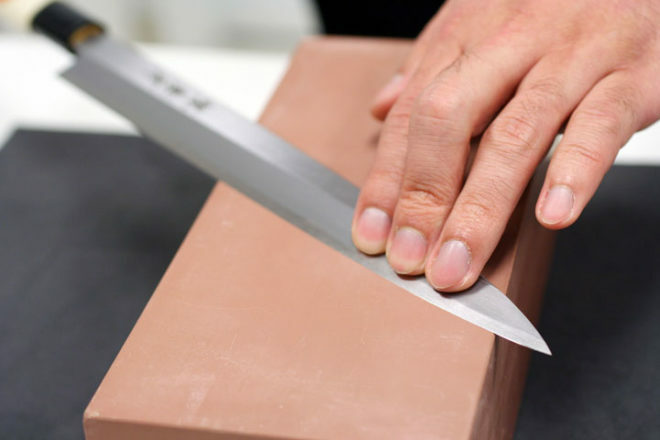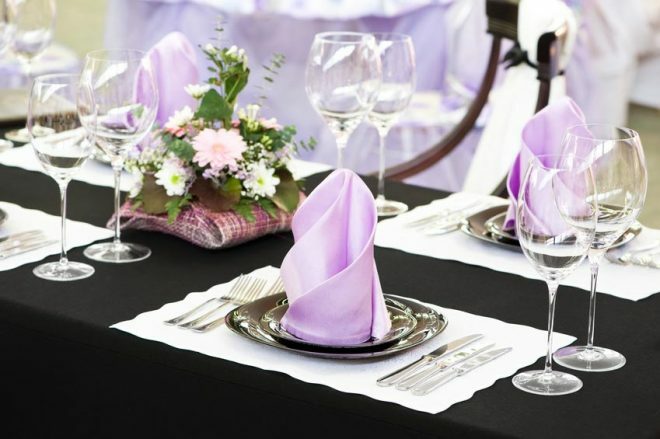Perhaps everyone knows that a spoon is a cutlery. Today it is difficult to imagine a family that would easily do without this subject. Of course, you can also pick up soup from a bowl, but how, for example, can you put a salad from a common dish on your plate? It seems that this is, well, completely impossible. And how did you do without it before? And in general - who and when invented this mini-scoop, whose name is a spoon.
How did the spoon come about?
The content of the article
-
How did the spoon come about?
- Etymology
- History
Indeed, have you ever thought about the fact that someone once invented all these items that make our life much easier? After all, it occurred to someone that it was possible to create a kind of scoop out of wood, with the help of which the turtle soup seems much tastier, and then completely created a metal device? Who invented the spoon?
Etymology
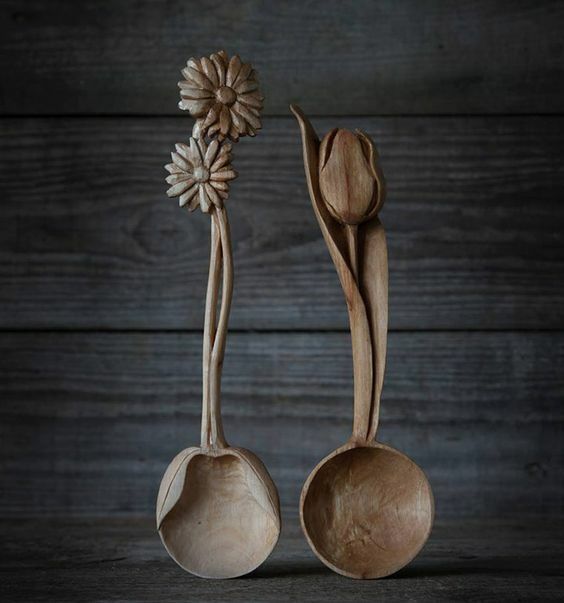
@ pinterest.com
As for the origin of the word "a spoon", there are two versions. If we consider from the point of view of phonetics, then
log - ravine, deepening. However, if we consider the letter O in the context of the Old Russian language, it is easily replaced by B (ep) - lzhka. Serbian (lazytsya) and Bulgarian (lzhka). At the same time in the word logO - root. It should be assumed that the root of the word a spoon - exactly log / lag.History
It is impossible to say exactly when the spoon first appeared. However, this also applies to all other cutlery. Perhaps this will forever remain a mystery. However, there are several interesting facts that still open the veil of this mystery.
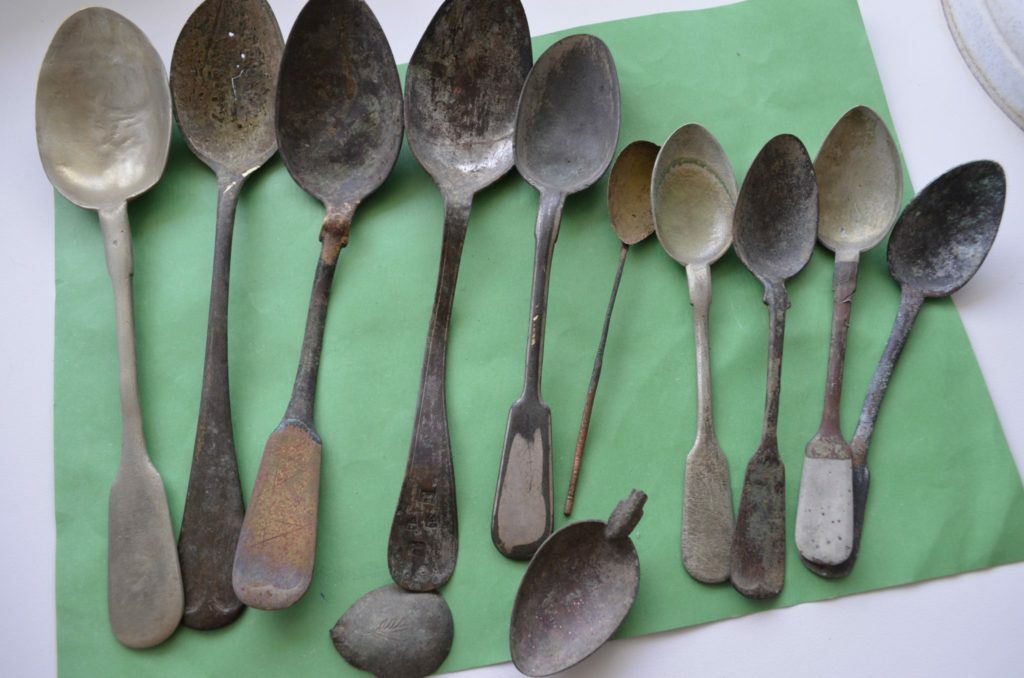
@ meshok.net
Spoons have been used since the Neolithic period. Moreover, the spoon appeared before the fork, but later than the knife.
Interesting fact! Nowadays, some ethnic groups living in Kenya and belonging to the Nilotic people are very fond of ugali - a dish that is considered a spoon in itself. This is a very tightly cooked porridge or corn puree. The dish is eaten by hand: they make a small ball and a depression in it to make something like a spoon. Then it is filled with various goodies: stewed vegetables, meat, some kind of special sauce.
The earliest spoons could have been made from different materials, as evidenced by archaeological excavations. The Greeks preferred shells of mollusks, the Egyptians preferred elephant bones, stone, and various types of wood. Some of the finds contained religious images. Why and who needed it - we can only shrug our shoulders.

@ pinterest.com
A silver or bronze spoon appeared much later, already during the Roman and Greek civilizations. Some specimens are of great value, therefore they are kept in history museums around the planet Earth.
During the Middle Ages, the main materials for making spoons were wood and animal horns. Only occasionally was the metal used, which only became more popular in the 15th century. Naturally, aristocrats and kings of the whole world preferred gold, at worst - silver. The mention of such devices is dated back to 1259.
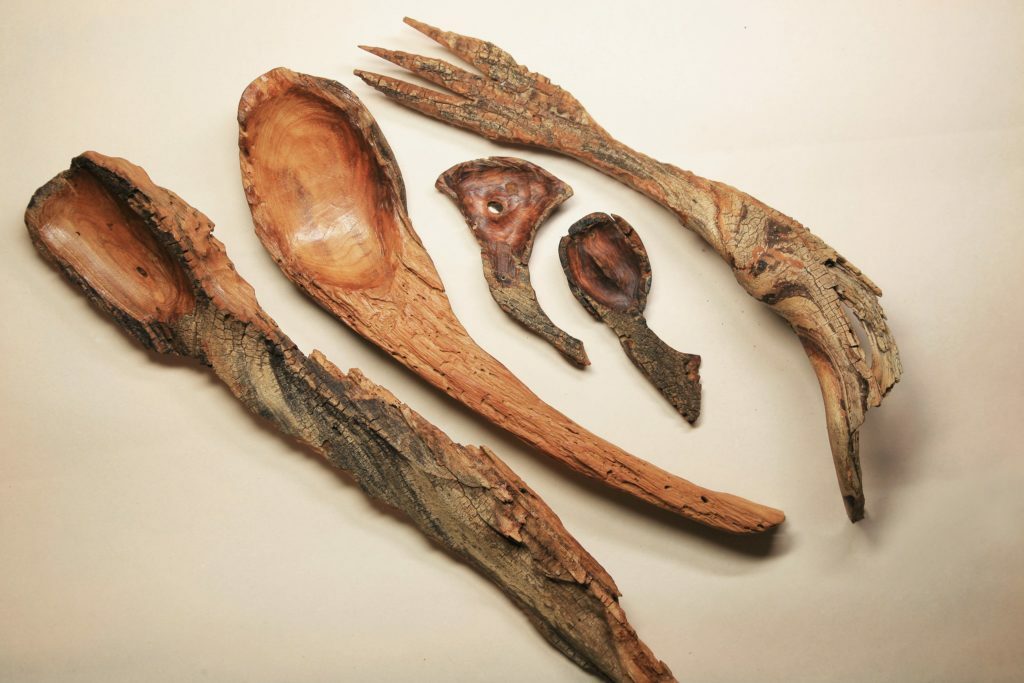
@ pinterest.com
Interesting! King Edward I of England had at his disposal his own set of cutlery, which included spoons made of precious metal. The markings on them read: "fleur-de-lis ", which meant belonging to the famous workshop in Paris.
During the Renaissance, the apostolic spoons gained popularity - objects depicting Christ's disciples. It was not accepted to use them for their intended purpose. The main purpose of such products is as a gift for the holidays. Around the same period, the spoon was slightly transformed - it became a little wider, and the handle acquired a flatter shape.
In the 18th century, the scoop became narrower again, and the handle turned a little. Already in 1760, the spoon acquired the same look we are used to.

@ pinterest.com
If you dive a little into the history of a spoon in Russia, then the first products were made by order of Prince Vladimir. The goal is to provide your squad with cutlery.
There are several museums dedicated specifically to the spoon. This is a real storehouse of knowledge, if, of course, you are interested in this cutlery. In these institutions, you can not only see with your own eyes ancient and unusual spoons, but also learn about the very spoon-mallet, what a brooch-spoon and zagrebushka are, and also why it is customary to give this to the "first tooth" product.
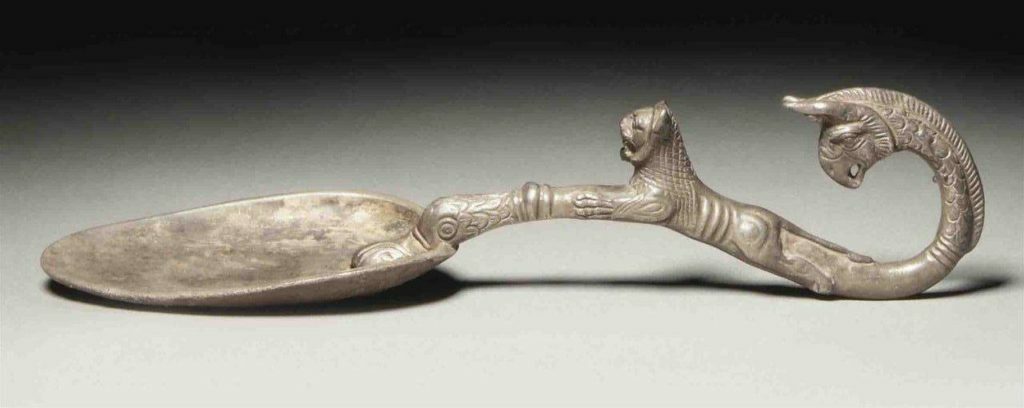
Achaemenid silver (4th century BC) BC.)
Subscribe to our Social Networks
